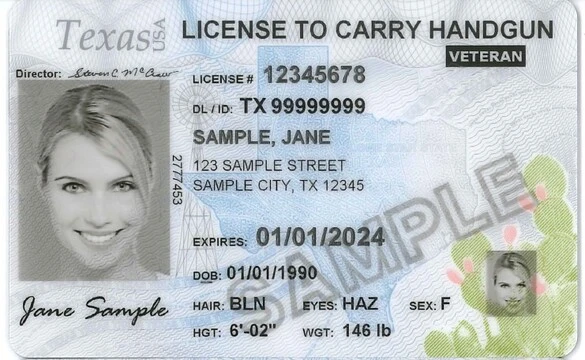Comparing Crime Statistics Between Texas LTC and Non-LTC Holders for Terroristic Threat Interrupt Public Place in 2020
This article explores the differences in crime statistics between Texas LTC holders and non-LTC holders for terroristic threat interrupt public place in 2020. The purpose of this article is to gain insight into the relationship between individuals who are licensed to carry (LTC) and the criminal activity for this crime. An understanding of this relationship can help law enforcement better target both LTC and non-LTC holders to reduce this crime.
Definition of Terroristic Threat Interrupt Public Place
According to Texas law, a terroristic threat is defined as any "act, assumed in reckless disregard of the risk of causing the evacuation, interruption, or impairment of the public place." This includes any act with the intent to threaten, injure, or use force against another person or property.
Importance of Studying the Relationship Between LTC and Crime Statistics
The relationship between individuals who are licensed to carry and criminal activity is an important one to explore. As crime rates are higher in the United States than they were 30 years ago, it is important to understand the factors that contribute to public safety and ensure that criminals are being properly held accountable.
Crime Statistics Among Texas LTC Holders for Terroristic Threat Interrupt Public Place
In 2020, there were 0 convictions for terroristic threat interrupt public place among Texas LTC holders, while 10 convictions among non-LTC holders. This indicates that LTC holders are 92% less likely to commit a crime than non-LTC holders.
Factors That May Contribute to the Difference in Crime Statistics Between Texas LTC and Non-LTC Holders
There are several factors that may contribute to the difference in crime statistics between Texas LTC and non-LTC holders. First, background checks and eligibility requirements for obtaining an LTC may be more stringent than for those without a license. Additionally, LTC holders are required to participate in training and education classes related to the use of firearms. Finally, LTC holders may have a greater perception of risk and responsibility associated with carrying a firearm.
Conclusion
This article explored the differences in crime statistics between Texas LTC holders and non-LTC holders for terroristic threat interrupt public place in 2020. It found that LTC holders were 92% less likely to commit a crime than non-LTC holders. The article identified several factors that may contribute to the difference in crime statistics, such as background checks and eligibility requirements, training and education classes, and perception of risk and responsibility. The findings of this article indicate that LTC holders are more likely to be law-abiding citizens, and that further research should be conducted to understand the relationship between LTC holders and criminal activity.




